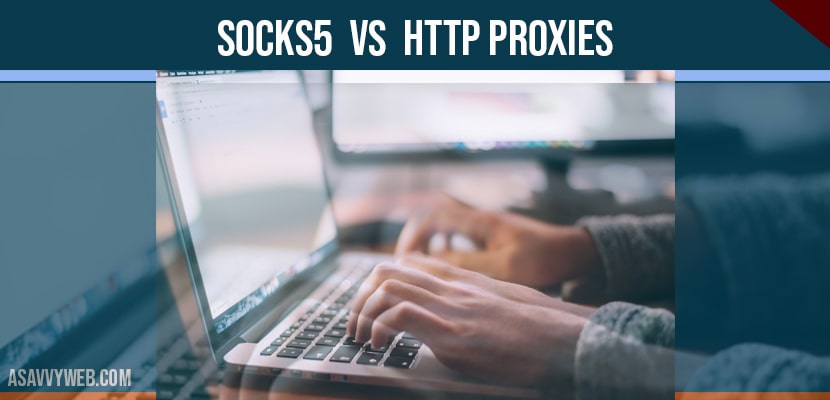A proxy is a vital tool for every business. By hiding the IP address of the device connected to the internet and its location, you can
- Carry out web scraping without having your IP address blocked
- Conduct a keyword research
- Access blocked sites
- Protect your brand from cybercriminals
- Carry out ad verification
There are two main types of proxies that can prove valuable to your business
Data center proxies
Data center proxies are artificial. But this also means that you can get as many proxies as you need, and they can be attached to any location.
Data center proxies have no affiliation to your internet service provider or internet connection. They provide a fast connection, ensuring your projects are completed on time.
Residential proxies
Residential proxies, on the other hand, are legitimate. Their source is internet service providers who issue them to homeowners.
They provide high levels of online anonymity and reliability. Residential proxies are excellent for highly sensitive market research projects, such as price scraping.
Data center and residential proxies can operate in two forms – SOCKS5 proxies and HTTP proxies.
SOCKS5 Proxies
So, what is SOCKS5? SOCKS (Secure Socket) proxies generate arbitrary IP addresses when making your web request. The SOCKS5 proxy, which is the latest version, forms a UDP or TCP to establish a connection.
A SOCKS proxy is built for any kind of network protocol. Their generality offers more flexibility. They require little coding, making them fast and easy to use when downloading and transferring data. SOCKS proxies do not read the data they transfer.
These proxies are always being upgraded, with the SOCKS5 being the latest version. Its security has been improved by offering three types of authentication methods.
1) Null authentication
This is when no authentication is required to connect to the proxy.
2) Username / password authentication
In this case, login details are necessary to use the proxy.
3) GSS-API authentication
Authentication methods are required from both the user and the server at the operating system level.
HTTP Proxies
You have probably browsed websites with a URL that begins with HTTP, such as https://asavvyweb.com. Such sites use the HTTP (HyperText Transfer) protocol, and accessing them with an HTTP proxy makes the process smooth.
This protocol uses the client-server model. When browsing the web, the client, which is the web browser, makes a request to the web server in the form of a URL for elements such as images and web pages. The server, which is the recipient of the request, then responds with the requested resources in HTTP format and sends it back to the client.
Once the request has been successfully completed, the connection between the client and the server gets disconnected. And to make a new request, a new connection must be established.
HTTP proxies allow you to visit websites anonymously using the HTTP protocol. They are specifically built for the client-server model.
The proxy can read the data that moves between the server and the client.
A more secure version is the HTTPS proxy, which is encrypted. They use light SSL encryption that allows the data to pass between the client and the server securely. It ensures that third parties do not monitor your web activities.
SOCKS Proxy vs. HTTP Proxies
There are four areas where the two differ.
1) Flexibility
While you can use SOCKS5 proxies with any network protocol, an HTTP proxy limits you to HTTP websites. Using it on any other protocols can cause issues when browsing, or carrying out market research.
2) Security
The more secure version of HTTP, which is the HTTPS, works with a tunnel connection, which ensures that your data remains safe. They ensure that sensitive information is not exposed to the prying eyes of cybercriminals. Apart from the authentication process that you can set up for limited access, SOCKS5 proxies do not do much to ensure that the data being transferred is secure.
3) Speed
HTTP proxies are slow compared to the SOCKS5 proxies. SOCKS5 proxies use UDP, which does not focus on trying to fit all the packets into a fixed format. Its main agenda is ensuring that all the packets move smoothly between the web server and the user.
4) Ability to Read Data
HTTP proxies have the ability to understand data, and this makes them preferable to businesses scraping data from sites or running any kind of bot. The HTTP proxy is able to skip what is not needed. It saves time during web scraping. SOCKS5, on the other hand, does not have these capabilities.
Conclusion
Using proxies for your business operations and especially during market research, will give you a competitive edge, secure your brand, and enhance your decision making.
HTTP proxies are the most popular among business owners and for a good reason. They are able to read data, making web scraping easier and faster. By using an HTTPS proxy, you get added security in the form of encrypted data.
A SOCKS proxy is more flexible because you can use it on any network protocol. They also provide authentication options. Ensure that you have the latest version, which is SOCKS5.

